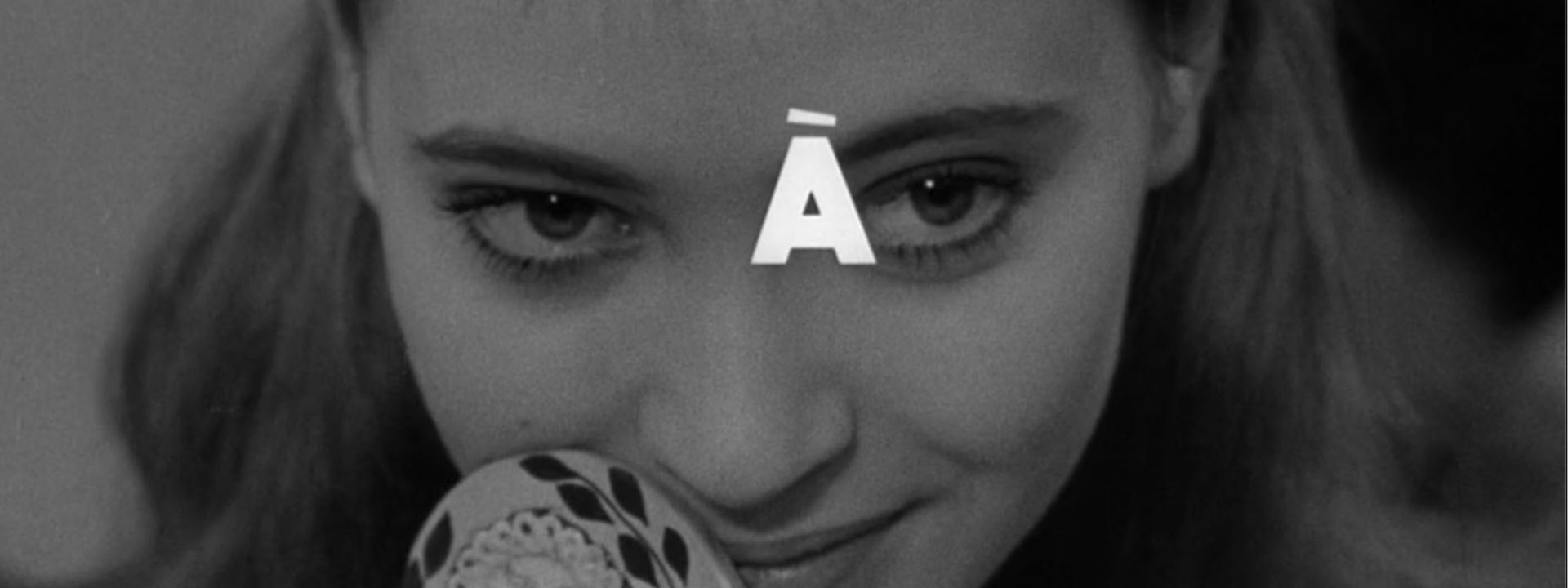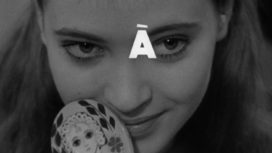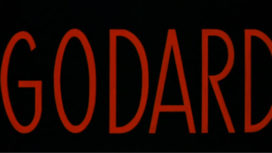Jean-Luc Godard began his career in cinema as a journalist for the renowned review rag “Les Cahiers du Cinéma”, along with a smattering of his contemporary soon-to-be French cinema superstars like Truffaut, Chabrol, Rivette or Rohmer. These young talents were influenced by foward-thinking Hollywood directors, and they distinguished “authors” from ordinary filmmakers or film technicians, unlike mainstream critics and audiences at that time.
They began to direct movies, giving way to one of the most influential movements in world cinematic history, La Nouvelle Vague – The French New Wave. A new way to produce, to shoot, and to direct movies emerged that went against all traditions and practices of the major studios. From a growing penchant for outdoor shoots, a new aesthetic of realism developed. Filmmakers began to break with traditional storytelling formats, such as the continuity of narration. It was not just their goal to be provocative. They wanted the audience to experience a new kind of cinema – a cinema that would reveal a fresh side of reality. Une Femme Est Une Femme fits this “nouvelle vague” signature completely.



